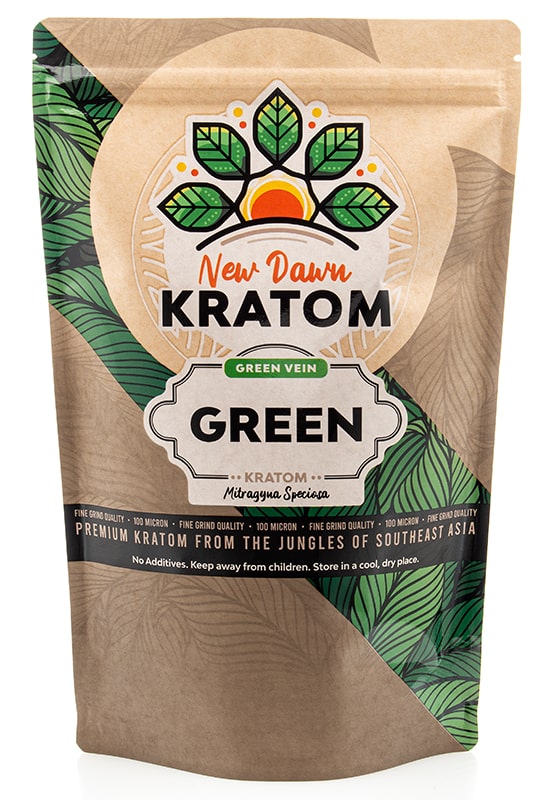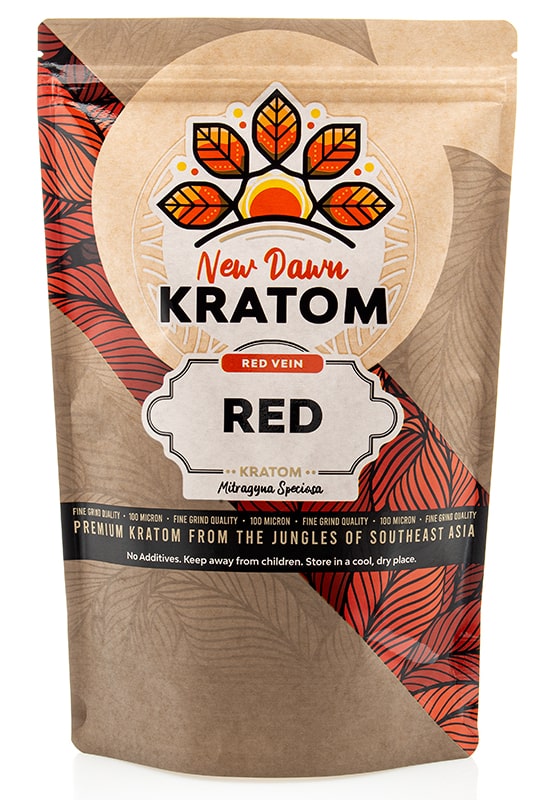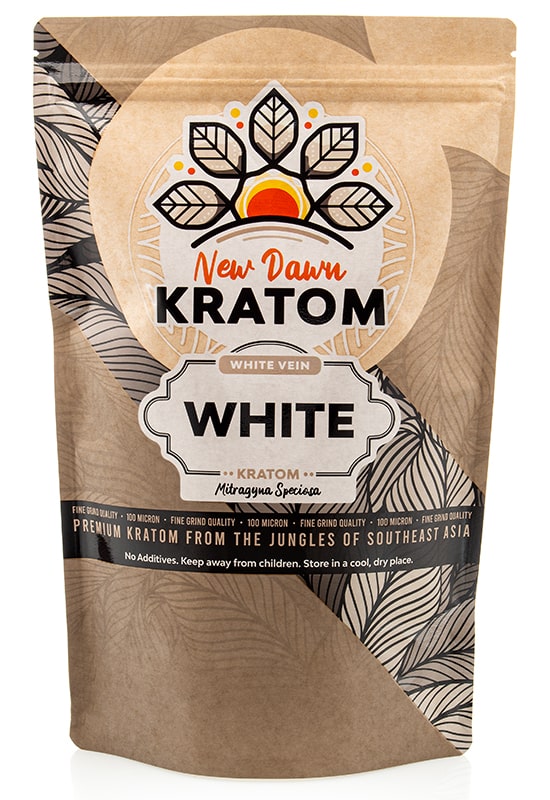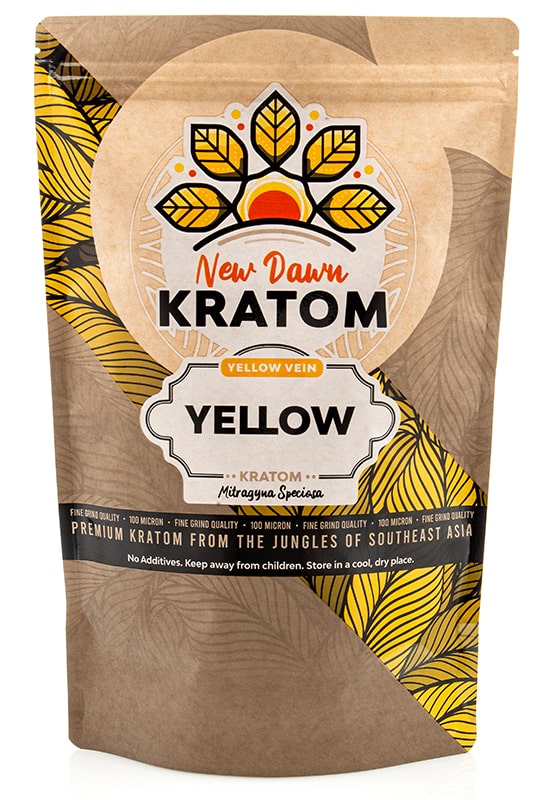As the popularity of kratom continues to rise, so does the need for comprehensive information about its potential side effects. Among these is the kratom rash, which has perplexed both kratom users and health practitioners alike. This symptom, characterized by an irritable and sometimes alarming skin reaction, can often cause concern and confusion.
However, it’s time to dispel the uncertainty and shed light on this issue. In this article, we’ll delve into the science behind the kratom rash, explore its common symptoms and possible causes, and provide practical guidance on prevention and treatment. Seasoned kratom users and those searching for more information about this versatile herb can use this guide to equip them with the knowledge needed to understand and effectively address kratom rash.

What Is a Kratom Rash?
Kratom rash, as the name suggests, is a skin reaction associated with the use of kratom, a tropical evergreen tree native to Southeast Asia. Kratom, or Mitragyna speciosa, has long been used in traditional medicine for its numerous properties but has gained recent popularity in the West as a natural alternative for relief, mood enhancement, and energy boosting.
Common symptoms of a kratom rash are red, itchy, and inflamed skin, often accompanied by small, raised bumps or blisters. It can occur anywhere on the body but is most common in areas where kratom powder has come into direct contact with the skin. However, it’s worth noting that kratom rash can also arise from taking kratom, not just topical contact.
The severity and duration of a kratom rash can vary widely among kratom users. Some have reported itching, experiencing mild yet temporary discomfort, and others have a more severe allergic reaction that lasts for several days or longer.
What Causes Kratom Rash?
The exact cause of a kratom rash is not fully understood. There is little scientific proof behind the benefits and drawbacks of kratom. However, the best explanation for the reported itching is a kratom allergy. Just as some people are allergic to certain foods or medications, some may have an allergic reaction to taking kratom.
Other factors may cause this effect, such as the method of taking kratom (ingestion versus topical application). The individual’s overall health, immune status, and the presence of any other allergies or skin conditions may also influence the likelihood and severity of a kratom rash.
Here are brief explanations of the possible causes of a kratom rash:
Allergic Reaction
Some individuals may have allergic reactions to kratom. This can lead to a kratom rash as the body’s immune system responds to what it perceives as a threat. An allergic reaction is often the most common explanation for a kratom rash.
Given the diverse array of kratom alkaloids present in the herb, it’s possible for an individual to have an allergic reaction to one or more of these compounds. The severity of this allergic reaction hinges on the person’s sensitivity to these kratom alkaloids.
Contact Dermatitis
Contact dermatitis is a type of skin inflammation caused by direct contact with a substance that irritates the skin or causes an allergic reaction. In this case, the substance would be kratom. The irritation occur with both the raw leaves and the powdered form of kratom.
Impurities or Contaminants
Kratom is not a regulated substance in many countries, which means the quality and purity can vary between suppliers. If the kratom product is contaminated with other substances, the impurities could cause kratom allergies associated with kratom use.

Overuse or High Dosage
Kratom use in large amounts or over a long period of time could potentially lead to a kratom rash. This is because the body might become overwhelmed by the substance, leading to an immune response.
Pre-Existing Skin Conditions
For individuals with pre-existing skin conditions, such as eczema or psoriasis, kratom use may exacerbate these conditions, induce itching, and cause a kratom rash.
Dehydration
Maintaining proper hydration is essential for our body’s optimal functioning. Hydrating becomes particularly important during kratom use, which can cause diuretic effects. A diuretic increases the production of urine, which can lead to dehydration if fluid intake is not adequately increased.
Dehydration can manifest in several ways, including dry skin, which can subsequently induce itching and lead to the development of kratom rash. Therefore, ensuring sufficient water intake is crucial when ingesting kratom, as it can help mitigate these potential side effects.
While kratom rash is a known potential side effect of taking kratom, not all users have reported itching. Many use kratom without experiencing any kratom allergies. However, if you’re using kratom and have noticed any unusual skin changes, you may have a kratom allergy.
Tips to Avoid Developing a Kratom Rash
While it’s not always possible to completely prevent a skin rash, especially if you’re allergic to the plant or its components, there are steps you can take to reduce the likelihood of developing kratom allergies:
Start With a Small Dose
If you’re new to kratom, start with a small kratom dosage to see how your body reacts. Gradually increase the kratom dosage as needed, paying close attention to any potential side effects as you increase your dosage.
Maintain Good Hydration
Dehydration caused by kratom can lead to dry skin and potentially a skin rash. Make sure to keep your body hydrated, especially when using kratom regularly.
Choose High-Quality Kratom
The quality and purity of kratom strains can vary, and impurities or contaminants can contribute to allergic reactions. Ensure you’re purchasing your kratom strains from a reputable source that provides lab-tested products to escape the potential of a skin rash and other negative reactions.
Avoid Direct Skin Contact
If possible, avoid letting kratom come into direct contact with your skin, as this can cause contact dermatitis and skin rash in some individuals.

Monitor Your Health
Keep an eye on your overall health condition. If you have pre-existing skin conditions or allergies, taking kratom may exacerbate these and result in unpleasant symptoms. Consult a healthcare professional if you have concerns.
Be Aware of Interactions
Taking kratom can interact with other substances and medications, which may lead to skin discoloration or rash, dry skin, kratom allergies, and other negative reactions. If you’re taking other medications or supplements, discuss your kratom use with a healthcare provider.
Take Breaks
Continually taking kratom can potentially increase the chances of developing a rash, leading to severe itching. Consider taking regular breaks to give your body a chance to recover.
Try Different Strains
The diverse array of kratom strains can have unique impacts on the body. As a kratom user, always make sure you research and test which strains suit you best.
Additionally, long-term users have found that certain kratom strains may induce more kratom itching and rashes compared to others. For example, using white vein kratom is less likely to result in a rash compared to kratom vein varieties.

What to Do In Case Allergic Reactions to Kratom?
If you believe you’re experiencing unpleasant symptoms caused by allergic reactions to kratom, like severe itching or even difficulty breathing, it’s important to take prompt action. Here’s a step-by-step guide on what kratom users can do in case allergic reactions occur:
Discontinue Use: The first step is to stop using kratom immediately. Continued use can potentially worsen allergic reactions.
Document Symptoms: Keep a record of your symptoms, noting the severity and progression of the allergic reactions.
Apply Topical Treatments: If the allergic reaction has caused a rash or kratom itching, over-the-counter treatments such as hydrocortisone cream or calamine lotion may help alleviate itching and inflammation.
Consult a Healthcare Provider: Reach out to a healthcare professional as soon as possible. They can confirm whether your symptoms are due to allergic reactions to kratom and provide guidance on treatment and next steps.
Hydrate and Rest: Keep your body hydrated and get plenty of rest when recovering from kratom allergies.
Avoid Future Use: If you’ve confirmed that you have kratom allergies, avoid further use to prevent more allergic reactions.
Consider Allergy Testing: If you’re unsure about the cause of the allergic reactions, you might consider allergy testing. This can help identify whether you have kratom allergies or are reacting to some other substance.
Seek Emergency Care From a Medical Professional: In case of common symptoms or severe side effects of kratom allergies, like difficulty breathing or tightness in the chest, it’s prudent that you seek immediate medical attention.
Remember that each person’s body responds differently to kratom allergies, and what works for one person may not work for another. It’s always best to consult a healthcare professional if you’re experiencing allergic reactions when taking kratom.

Frequently Asked Questions
What is a kratom rash?
Kratom rash is a skin reaction that can occur in some individuals who use kratom, a tropical evergreen tree native to Southeast Asia. The rash typically appears as red, itchy, and inflamed skin, often accompanied by small, raised bumps or blisters.
What causes a kratom rash?
Kratom rash can be caused by an allergic reaction to one or more of the alkaloids present in kratom. It can also arise from contact dermatitis, overuse or high dosage, impurities or contaminants in the kratom product, interactions with other drugs, or exacerbation of pre-existing skin conditions.
Is kratom rash common?
While a kratom rash is a known potential side effect of kratom use, it’s not experienced by all users. Many people use kratom without experiencing any adverse skin reactions. However, the prevalence of kratom rashes among users is not well-studied and, therefore, unknown.
Conclusion
While kratom has been hailed for its therapeutic benefits, it’s crucial to remember that it can also lead to side effects and adverse reactions like kratom allergies. This article has explored the common symptoms and possible causes of the kratom rash, offering tips on prevention and guidance on what to do if you experience this adverse reaction.
Ultimately, the key to safely using kratom lies in understanding its potential effects on the body, maintaining good hydration, sourcing high-quality products, and monitoring your health closely. If you experience a kratom rash, hot flashes, dry skin, skin discoloration, or other adverse reactions, don’t hesitate to seek medical attention. A medical professional would be equipped to treat such conditions. Remember, as kratom users and enthusiasts, your health and well-being should always come first.





